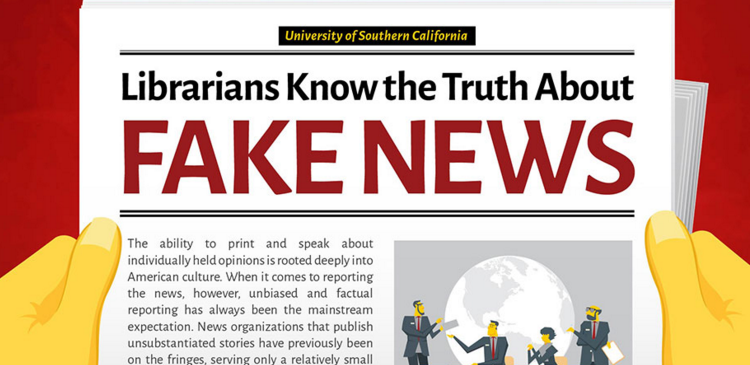Fake news is something that has been around for decades. Publishers have long created entirely made-up news stories, either for entertainment or satirical purposes. Governments used fake news too to manipulate the population and keep people under control. But in today’s world of self-publishing and social media, creating fake news is easier than ever before, and can spread like wildfire.
While many publishers were honest in the past about the lack of truthfulness of the stories of they published, today that’s no longer the case. There are hundreds if not thousands of individuals and organizations churning out news stories which make liberal use of the facts, manipulating their readership with false information about the state of the world.
What people believe is important. In the past, most people got their information from the mainstream media – news organisations that were generally trusted because of high editorial and reporting standards. People believed that when they picked up the newspaper, they were getting accurate information on which to inform their beliefs. But today, that’s no longer the case. And, worse yet, there are people active in the community, both online and in print, who are deliberately creating fake news stories for financial and political gain.
The following infographic outlines the problem, provides some hard-hitting truths about fake news, and details how the role of librarians needs to change to combat fake news. It’s their role to point people in the direction of legitime sources of information so that they can form evidence-based beliefs about the state of their society.

Infographic by University of Southern California





